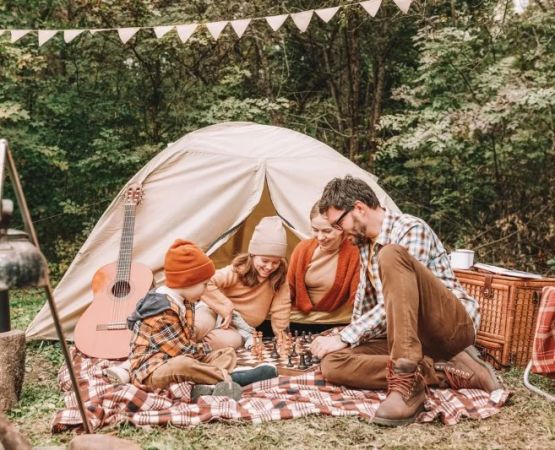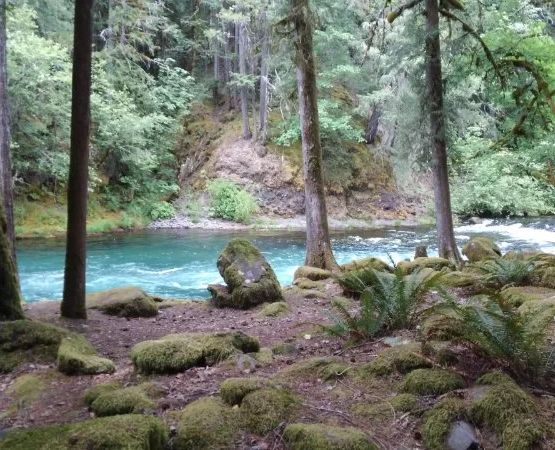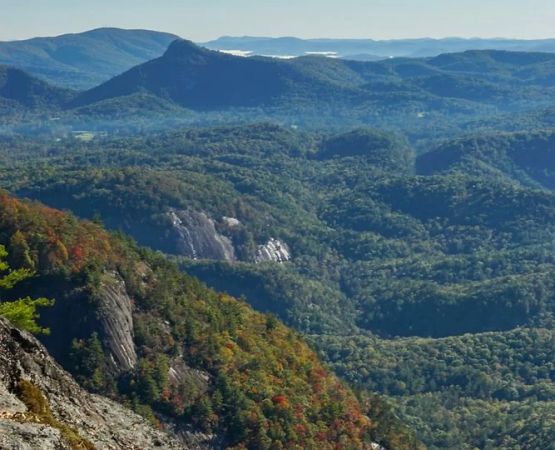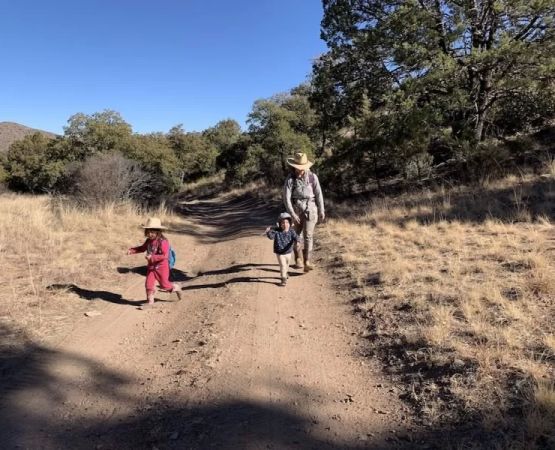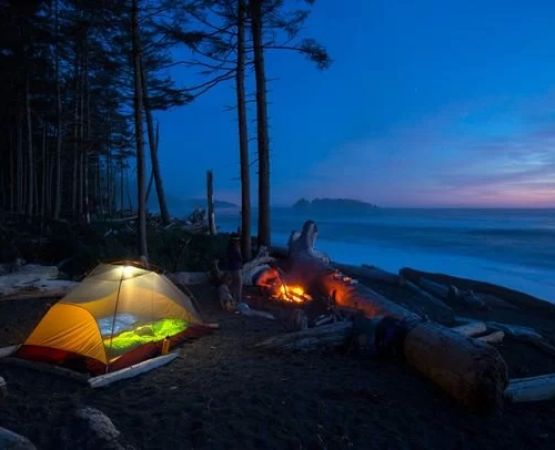- 1 - Understanding What Lake Access Really Means
- 2 - Why Location and Lake Conditions Matter
- 3 - Safety Considerations When Camping Near Water
- 4 - Balancing Comfort and Convenience at Your Campsite
- 5 - Considering Wildlife and Environmental Factors
- 6 - Real-Life Stories from Campers Who Chose Right
- 7 - Gear and Preparation for Lakefront Camping
- 8 - Expert Insights on Making the Best Choice
- 9 - Enhancing Your Lake Camping Experience
- 10 - Where to Find the Best Campsites for Lake Access
1. Understanding What Lake Access Really Means
When searching for the best campsite for lake access, it’s important to clarify what kind of access you want. Some campgrounds offer direct waterfront spots where you can fish or swim right from your site, while others require a short walk. Knowing the difference helps avoid disappointment and ensures your camping trip matches your expectations.
2. Why Location and Lake Conditions Matter
Not all lakes are the same. Some are calm and perfect for kayaking, while others are windy or have steep banks that make swimming unsafe. Before reserving, research the lake’s conditions and consider how they fit your plans. For example, a family with kids might prefer a shallow, sandy lakefront compared to a steep, rocky shoreline.
3. Safety Considerations When Camping Near Water
Safety should always be a priority when selecting a campsite with lake access. Look for designated swimming areas, check for lifeguard availability, and avoid spots that flood easily after rain. Experts also advise keeping food sealed to prevent wildlife from approaching your campsite, especially near water where animals often roam.
4. Balancing Comfort and Convenience at Your Campsite
Lakefront camping offers beauty but can also bring challenges like mosquitoes or muddy terrain. Choosing a site with good drainage, nearby restrooms, or shaded areas can make your stay more enjoyable. Resorts like Pine Cliff Resort often balance natural access to lakes with modern amenities, offering campers the best of both worlds.
5. Considering Wildlife and Environmental Factors
Camping near lakes often means coexisting with local wildlife—from birds and fish to mosquitoes and raccoons. Being prepared with repellents and secure food storage is essential. Environmentally, campers should also practice Leave No Trace principles, ensuring the lake remains clean and safe for future visitors.
6. Real-Life Stories from Campers Who Chose Right
One camper recalled booking a site that claimed “lake access,” only to find the shoreline was overgrown and unusable. In contrast, another family reserved a lakeside cabin with clear, shallow water perfect for their children to swim in. These stories highlight the importance of reading reviews and checking site photos before booking.
7. Gear and Preparation for Lakefront Camping
Having the right gear can make or break your lake camping experience. Bring water shoes, extra tarps for shade, and a sturdy cooler to keep food safe from heat and wildlife. A simple kayak or inflatable raft can also turn an ordinary lake stay into a memorable adventure.
8. Expert Insights on Making the Best Choice
Camping experts recommend calling ahead to ask specific questions about water depth, seasonal water levels, and campsite distance to the lake. This information can prevent surprises, especially if you plan activities like fishing, paddleboarding, or swimming during your trip.
9. Enhancing Your Lake Camping Experience
Beyond the basics, think about what will make your trip truly enjoyable. Nighttime campfires by the lake, early morning fishing, or simply listening to waves from your tent can make the experience unforgettable. Choosing the right site ensures you can enjoy these moments without extra hassle.
10. Where to Find the Best Campsites for Lake Access
Finding the best campsite for lake access often involves combining research, personal recommendations, and trusted providers. Many campers turn to places like Pine Cliff Resort, where access to lakes is designed to maximize convenience, comfort, and natural beauty. These spots often deliver the balance between wild adventure and practical amenities.


